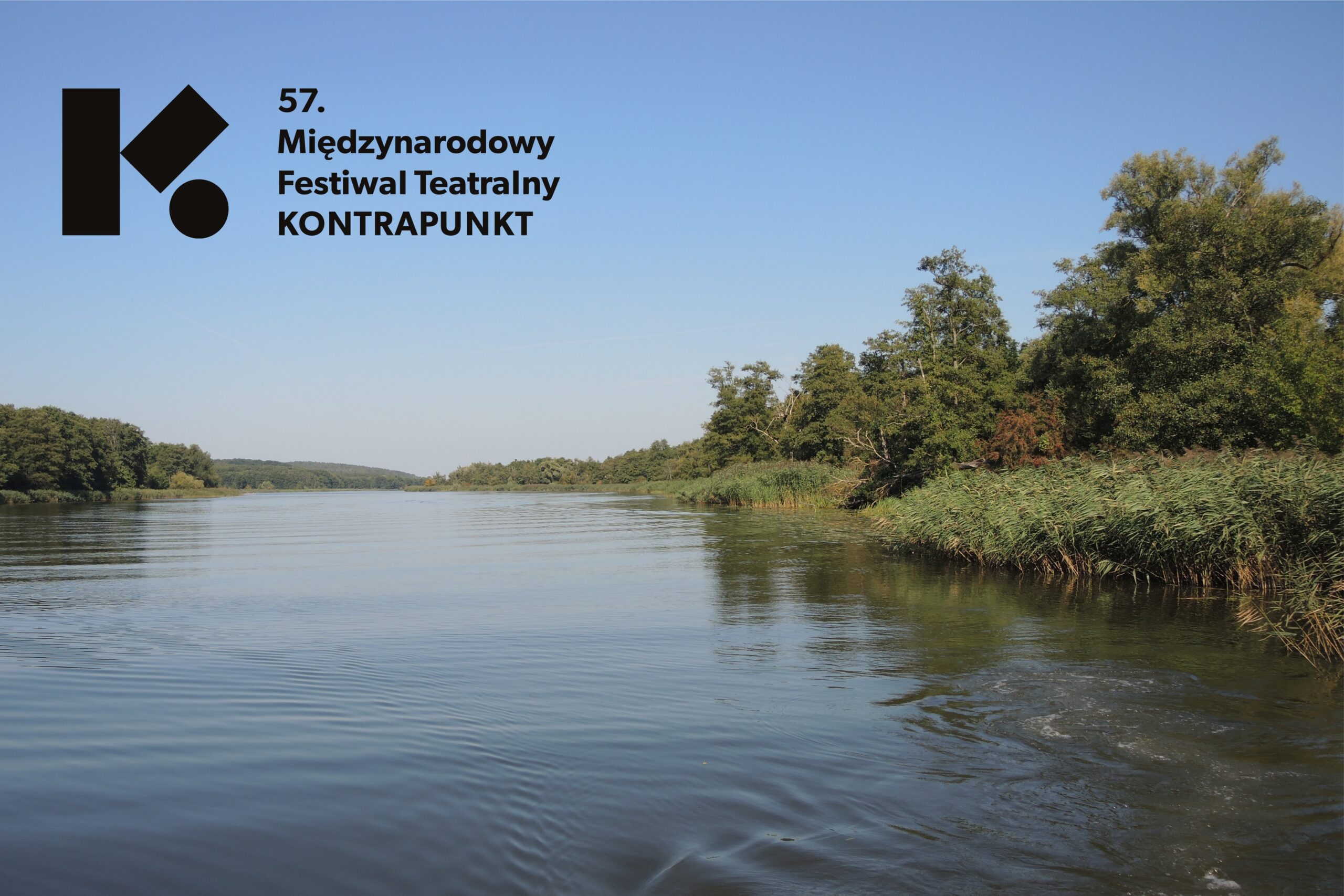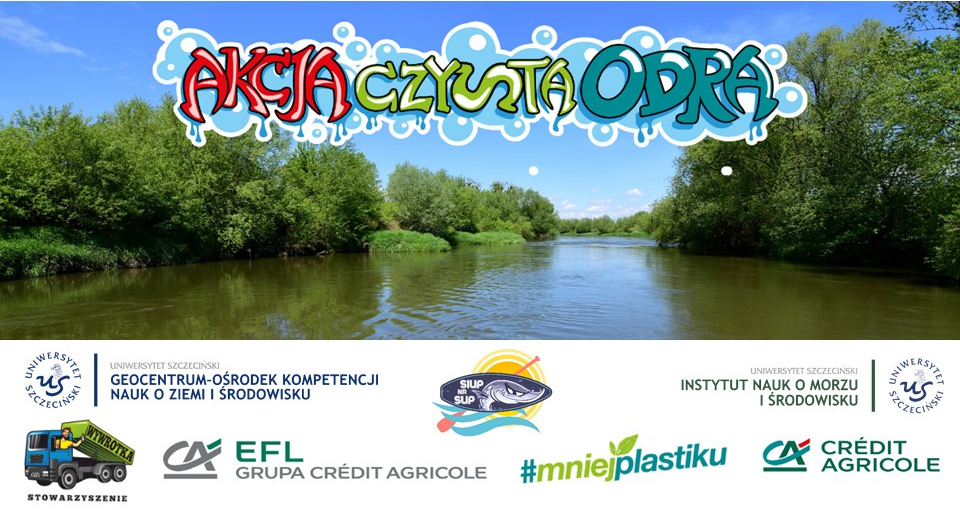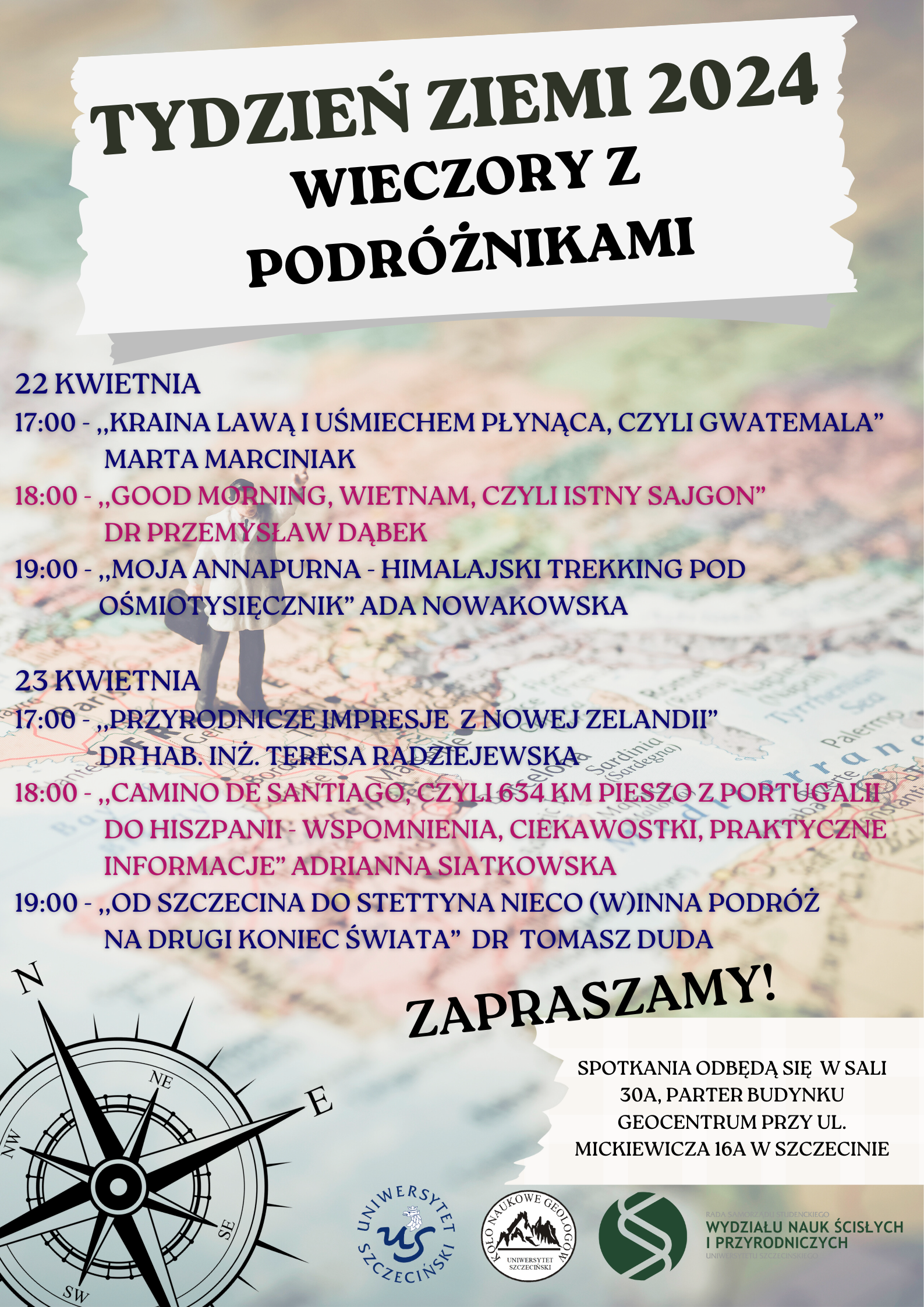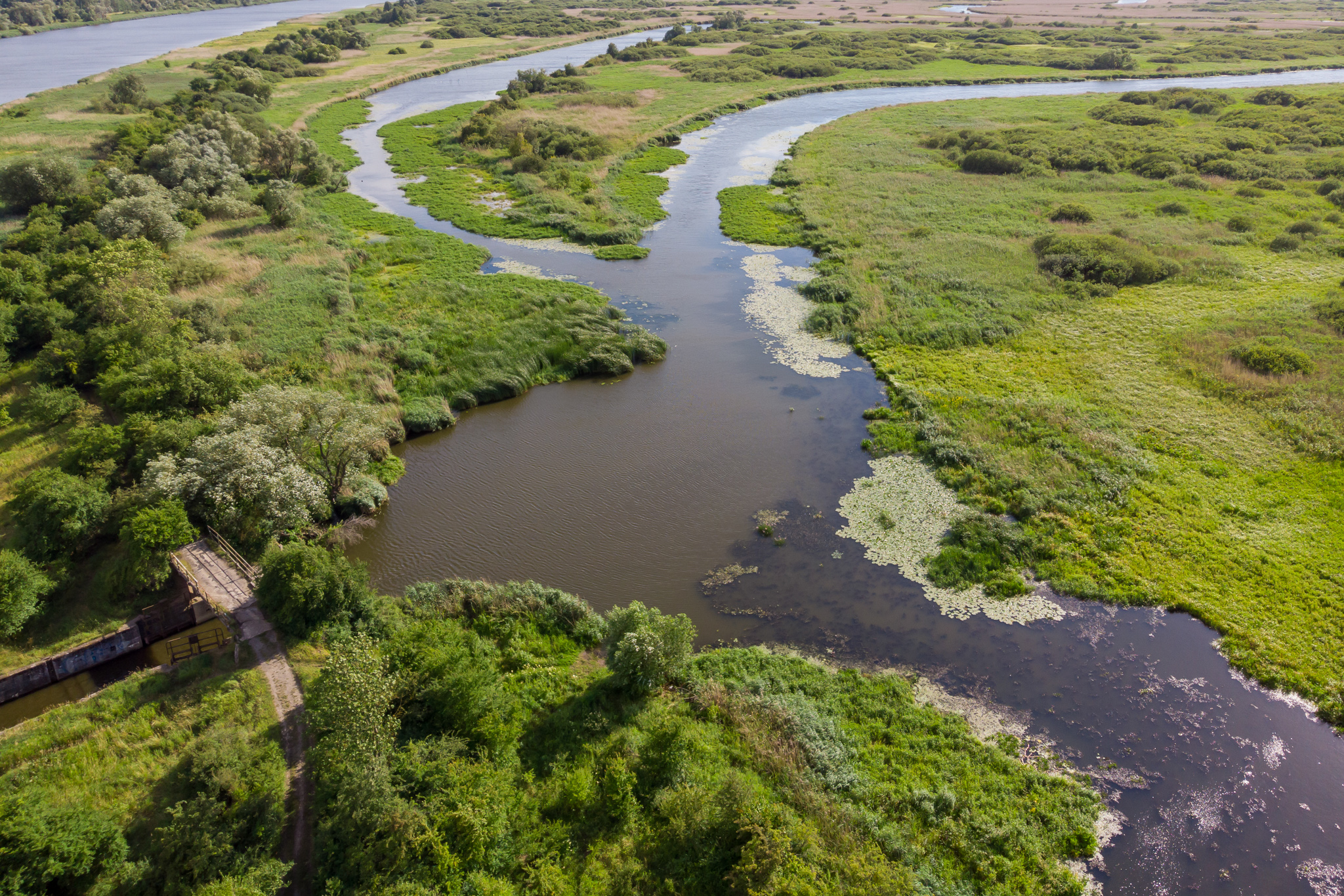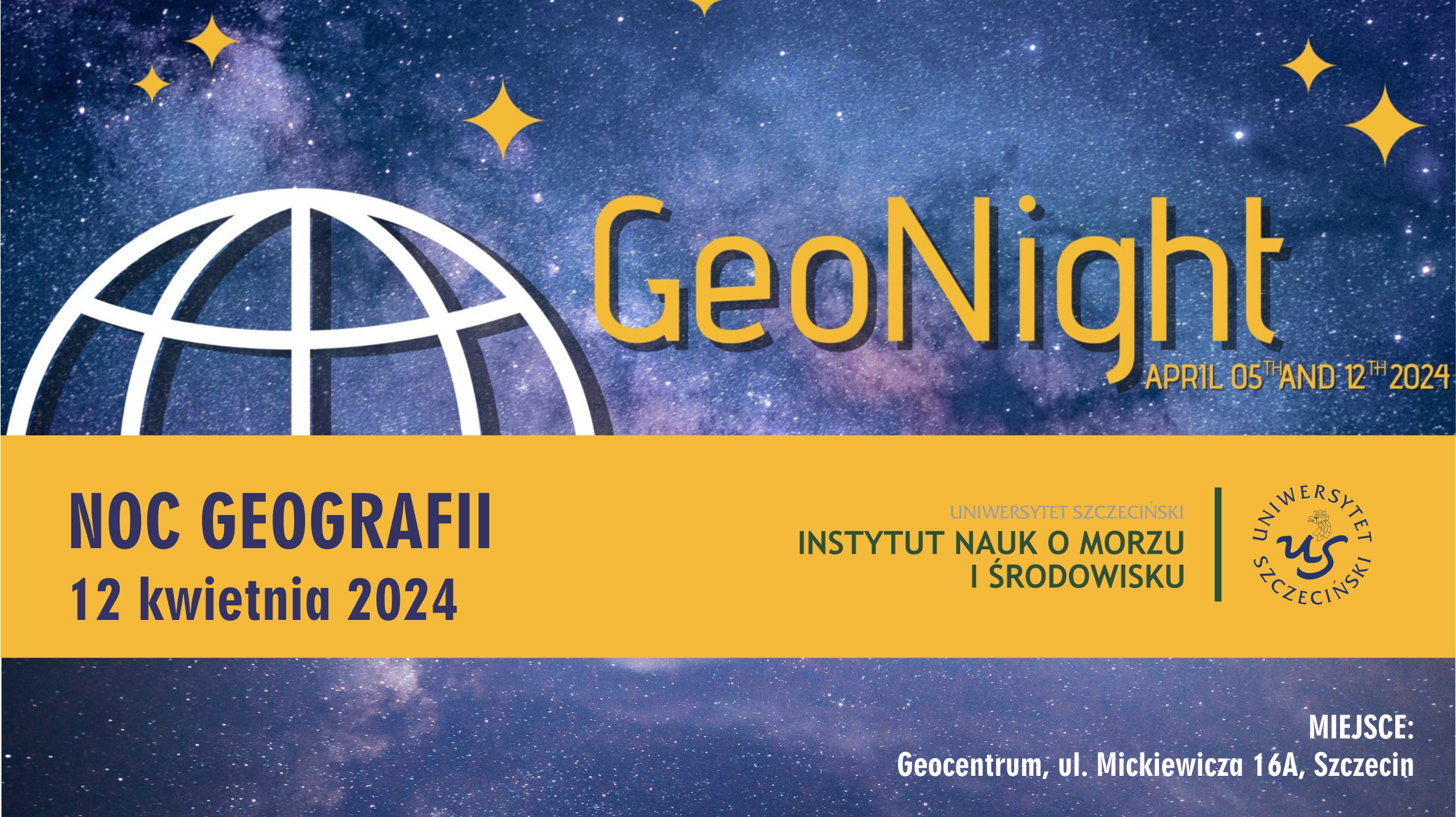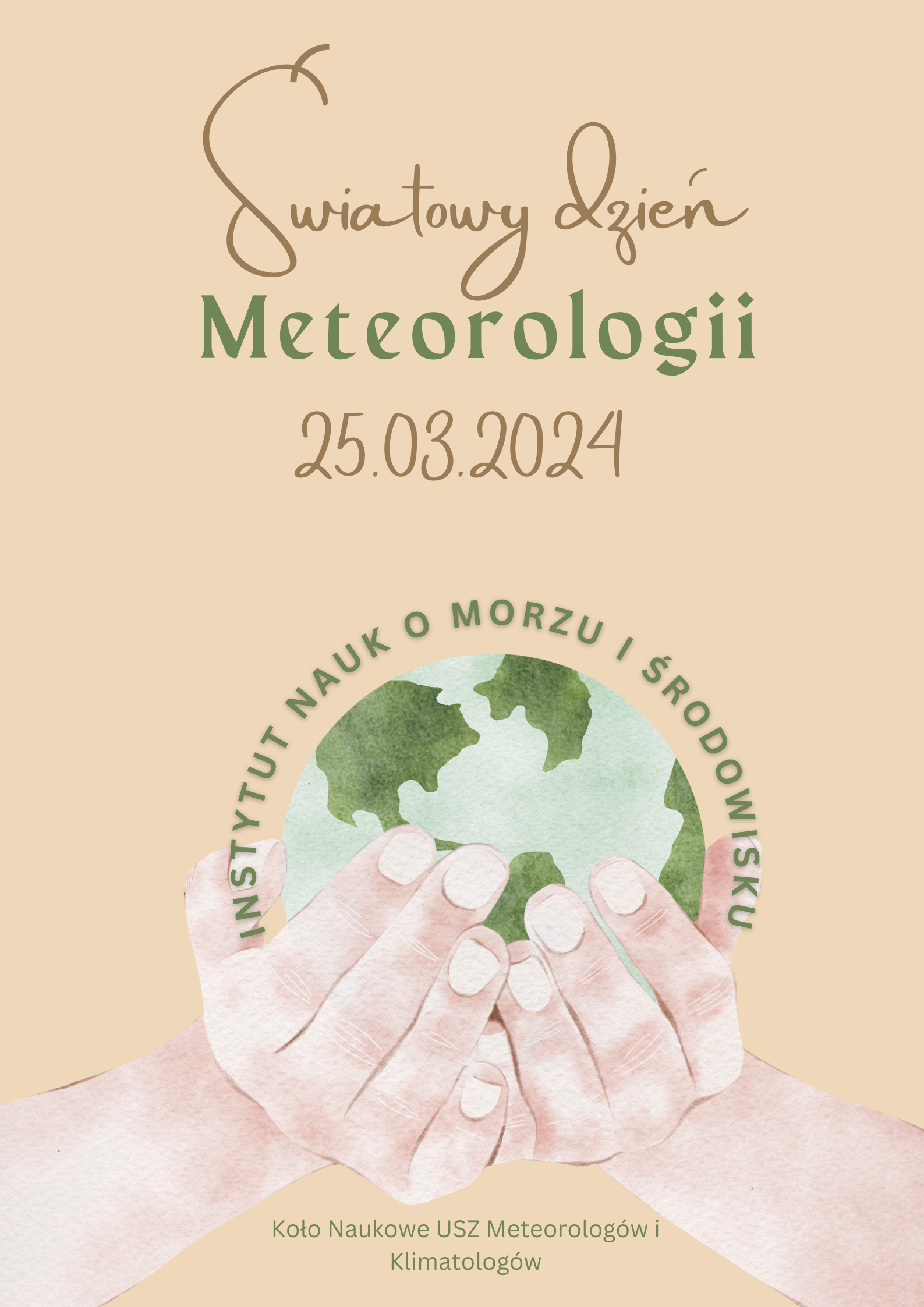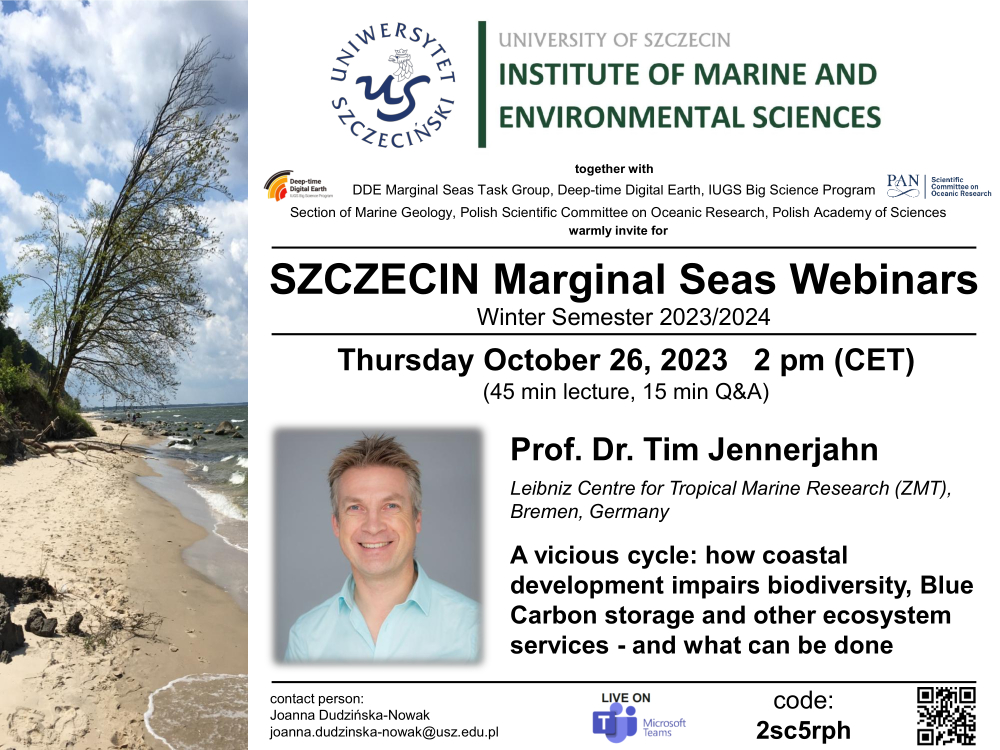
Serdecznie zapraszamy do wzięcia udziału w nowym cyklu spotkań naukowych Szczecin Marginal Seas Webinars. W programie internetowych seminariów znajdują się wystąpienia naukowców z Instytutu Nauk o Morzu i Środowisku, jak równie badaczy z zagranicznych jednostek.
Program ten został zadedykowany pamięci prof. dr hab. Andrzeja Witkowskiego – zasłużonego pracownika Instytutu oraz współorganizatora Szczecin Marginal Seas Webinars, który zmarł 17 września 2023 r.
Program do pobrania: Szczecin Marginal Seas Webinars, winter semester 2023 2024
Pierwsze webinarium w semestrze zimowym 2023/2024 odbędzie się 26 października 2023 r. o godzinie 14:00, za pośrednictwem platformy MS Teams (możliwość dołączenia do spotkania od 13:30, ID: 397 705 991 215, hasło: psmjLZ).
Gościem spotkania będzie Prof. Dr. Tim Jennerjahn z Leibniz Centre for Tropical Marine Research (ZMT), Bremen, Germany, który w imieniu szerszego zespołu badawczego zaprezentuje wystąpienie pod tytułem „ A vicious cycle: how coastal development impairs biodiversity, Blue Carbon storage and other ecosystem services – and what can be done”.
Abstrakt:
The tropical island of Hainan is the largest special economic zone of China and its coasts were once lined with mangrove forests, seagrass meadows and coral reefs. The beauty of these coastal ecosystems founds their economic potential for tourism, which is a major and growing sector. However, activities in other major economic sectors, i.e. agriculture, aquaculture and urbanization/industrialization, affect and impair the integrity of the coastal ecosystems and hence their economic potential and related livelihoods of the population.
This vicious cycle started in the 1960s when mangroves were massively deforested and converted into aquaculture ponds on Hainan. Brackish water aquaculture, with intensive use of artificial fertilizers and feed was and is a major pillar of Hainan’s economy. Untreated wastewater including large amounts of anthropogenic nitrogen is either released into semi-enclosed coastal bays or directly into coastal back-reef areas where it leads to eutrophication. We traced the pathway of anthropogenic nitrogen from aquaculture ponds into coastal waters and sediments as well as into the food web over four trophic levels. Seagrasses are strongly impaired, abundance and diversity are declining, in some places they disappeared totally. Coral reefs are similarly affected by eutrophication, organic pollutants, overfishing and other threats. The connectivity of coastal ecosystems is disrupted and ecosystem service supply is diminished.
Long-term research in the inter- and transdisciplinary collaborative Sino-German projects LANCET, ECOLOC and TICAS enabled us to delineate causes and consequences of coastal development for ecosystem functioning, services and connectivity in Hainan’s coastal zone. We established a science – society interface and developed and implemented measures towards a more sustainable use of the coastal zone together with stakeholders from policy and civil society. Measures included awareness raising among all stakeholders through education events in schools, public talks, stakeholder workshops, radio interviews, art exhibitions and ‘citizen science’. Recommendations for decision-makers were published in a Policy Brief and training courses were conducted for aquaculture farmers. Finally, seagrass conservation and restoration projects led by transdisciplinary teams are in operation. Hainan stands as an example for problems related to coastal development observed around the globe, but also shows a way forward towards sustainability.






